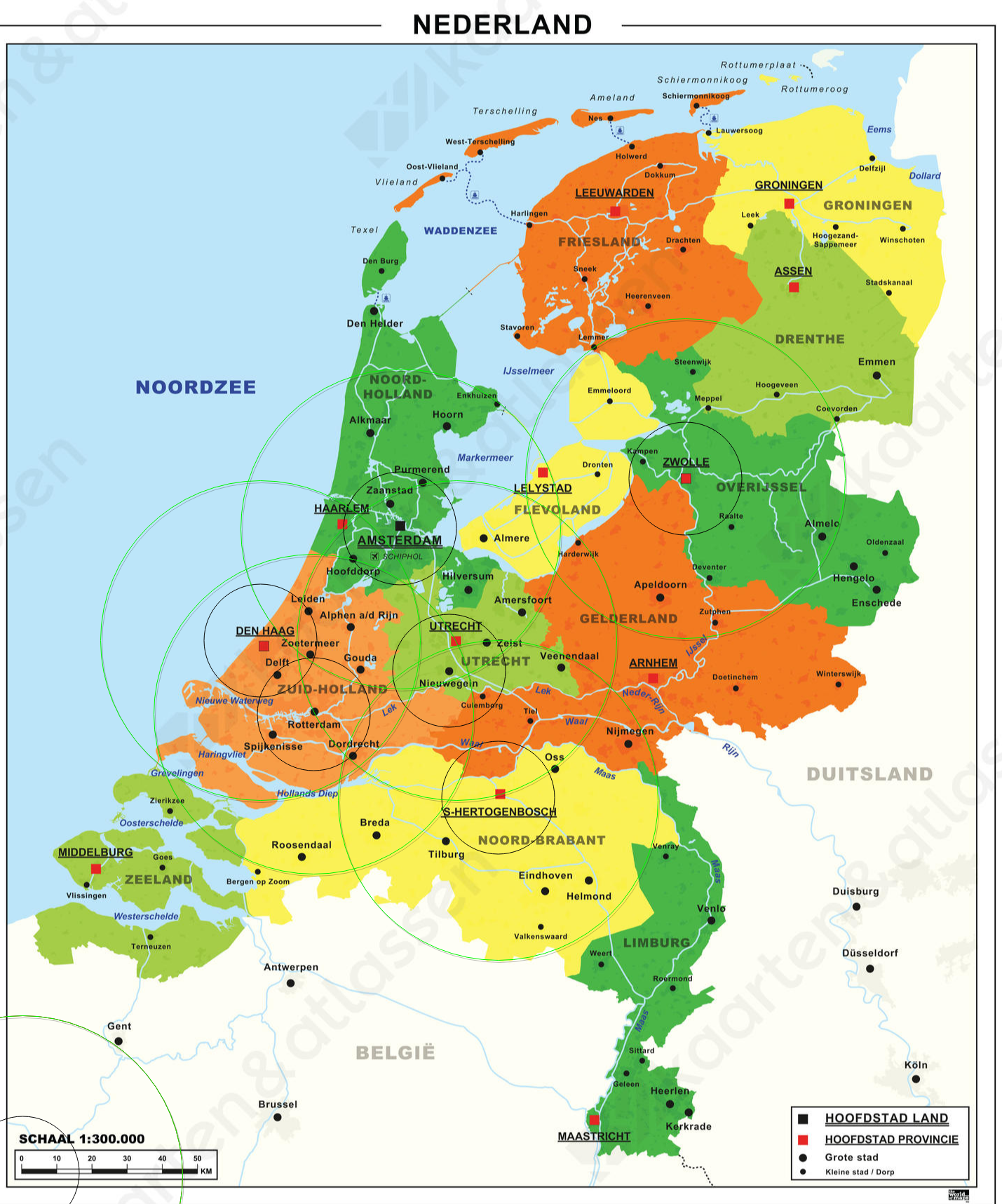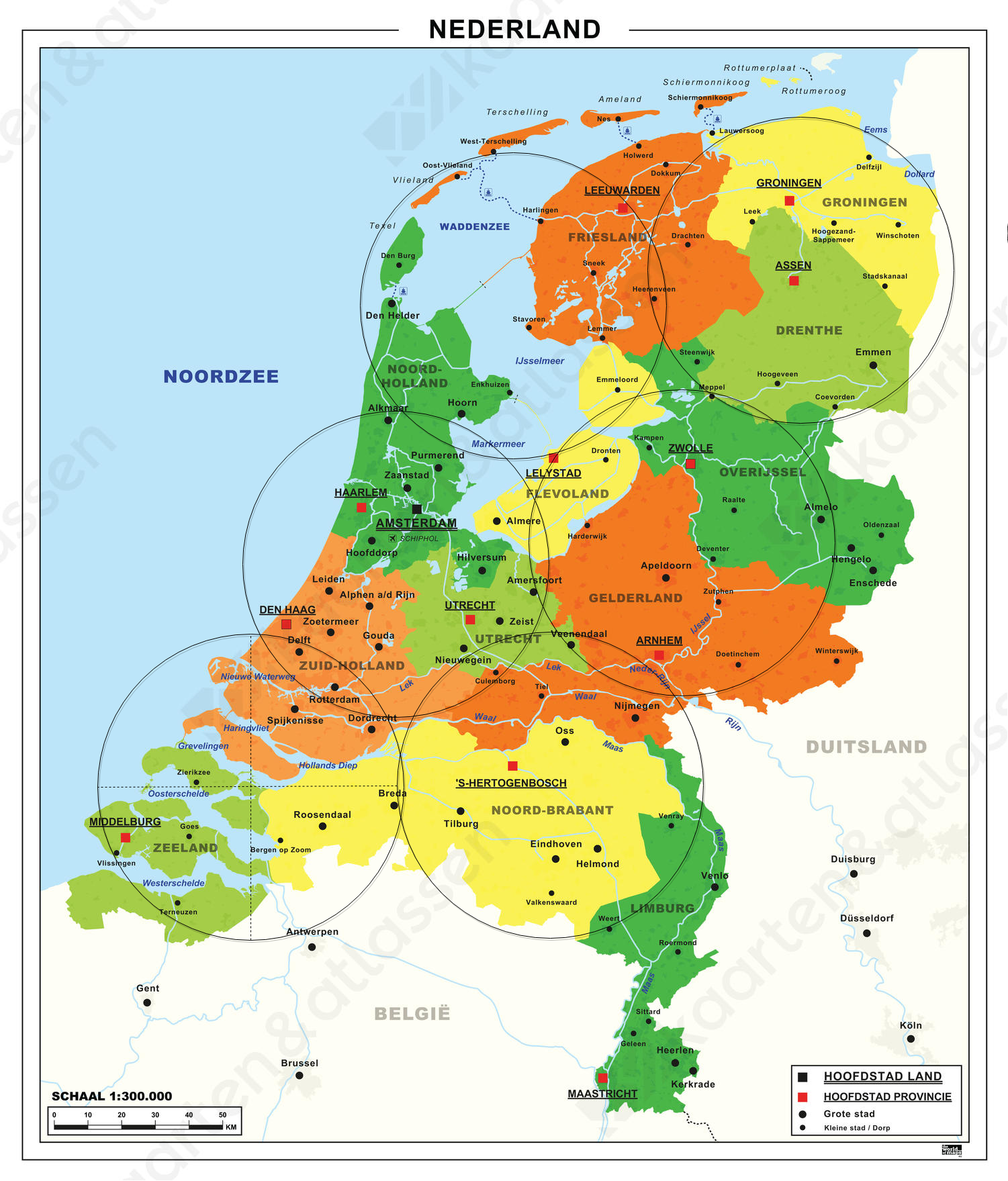PRE2017 3 Groep10
1) Problem statement:
Can the everyday delivery method of packages be improved by means of drones?
Objectives:
- Human aspect; who is responsible when something goes wrong?
- Delivery method; How accurate can a drone pick up and deliver packages?
- Transport efficiency; what is the time gain of trucks vs drones? Including airspace restrictions.
2) Who are the users?
The Buyer and supplier
3) What do they require?
Supplier: quick, easy, safety. Buyer: easy and cheap delivery.
4) Approach, milestones and deliverables
Approach: literature study, surveys, models, experiments
Milestones: testing with Blue Jay, at least 75 surveys, CAD design for delivery method, 25 scientific articles, simulate the time gain of drones
Deliverables: report
5) Who’s doing what?
- Nol & Marc: responsible for the CAD design
- David & Thibeau: responsible for the simulation of the time gain
- Pam: responsible for the survey
Assumptions
Backed up assumptions Group 10
Truck-drone delivery vs. Distribution centres
To be certain of our choice that the combination of a truck and drone delivery is a better application for the Netherlands than a direct delivery from the available distribution centres, we researched the possibilities amazon drones propose. In their current research status they state that their drones can cover a total distance of 32 km. This means that the drones can fly within a radius of 16 km from the distribution centre on a full battery. Therefor one distribution centre can cover up a surface of (π * r2=) 803.84 km2. To cover up the entire Netherlands its surface (42.000 km2), this results in a demand of over 52 distribution centres. Comparing this to the current number of distribution centres of PostNL which is 6 centres through the entire Netherlands[[1]], a proposed increase of 875% on distribution centres is necessary. This would be the only way to deliver a package on the maximum distance of 16 km within 30 min.
Our solution for this would be to install wireless charging pads throughout the Netherlands, for example on lampposts. This would increase the distance one drone can cover with 200% since the first time the drone can fly straight for 32 km, before fully charging and then cover another 16km so it can still return to the charging pad. This would mean one distribution centre can cover up a radius of 48 km and therefor a surface of 7234 km2. This would mean that about 6 distribution centres could cover up the entire Netherlands, if ideally distributed over the country. In this case a drone maximally takes about 75 minutes for one delivery and another 75 minutes to return and another 30 min to recharge again, resulting in a total time of 180 minutes. It is a possibillity to change the battery of the drone once it is back to the distribution centre, so you can save up the last 30 min with just one action.


- Distribution centres of PostNL spread throughout the Netherlands. Black circles indicate the range of 16 km and the green circles indicate the range of 48 km.
-
Distribution centres of PosNL spread throughout the Netherlands.
-
Distribution centres spread out optimally
Currently the distribution centres aren't spread out optimally over the Netherlands with the furthest distance to the closest distribution centre in the north is 140 km. A clear overview of the centres of PostNL throughout the Netherlands can be seen in the picture above. The centre of the Netherlands can be reached quite well with sometimes more than one distribution centre in range. The outer parts of the Netherlands are actually out of reach, even with the solution of wireless charging pads. Even when applying a second charge moment in the flight, extending the range with another 32 kilometers, not every part of the Netherlands can be reached. And with this extra charge the delivery time is extended with another 60 minutes and the total flying time with 90 minutes, causing one drone to fly for about 5 hours before be ready for the next delivery.
Coaching Questions
Simulation model to analyse delivery efficiency
GOAL: Determine the time gain by using drones for the 'last-mile-delivery' instead of using cars/vans.
APPROACH: A number of random locations within a dutch city are picked. These locations are assumed to be destinations for packets to be delivered. Then for both methods the time spent on 'last-mile-delivery' is estimated using simulations.
METHODS: 1) Delivery is done by a typical delivery car or van. The main restrictions taken into account are the speed limits. To start off, delay due to busy traffic isn't explicitly implemented yet in this simulation(this might be done later on). An assumption for this method is that only 1 vehicle is used to deliver all packets within that city (Max 10 packets). For now, the actual delivery (parking the vehicle, getting out, get the package to the receiver) is approximated by a constant that can be altered (1-5mins).
2) Delivery is done by drones. The main restrictions are: cruise speed, obstacles (airfields, power lines, windmills) and max range. Later on, if enough time is left, more complex factors can be simulated such as wind(speeds), changing the travel time and range. Multiple drones can be used for a single city. Can be altered to study efficiency relation. All of these drones are deployed from a single location in the city (place where the truck is stopped). For now, the actual delivery is approximated by a constant that can be altered (30s-2mins).
Determining optimal point for drone deployement
For the drone delivery to be as optimal as possible, the optimal deployment points for the drones needs to be determined. These points can be determined by for instance taking all the delivery locations, then drawing circles with a radius of 16 km around these points. Next the areas with the largest amounts of overlapping circles have to be determined, the optimal route for the truck is then through the points which yield the least amount of driving distance but still make all the deliveries possible. Several things have to be considered here, one of those things is that the truck only has a limited amount of drones inside, so areas with more overlapping circles than the amount of drones present are not more useful than areas with just the right amount of overlapping circles. Also it has to be taken into account that some deliveries to one house may consist of multiple packages. Next to that deliveries only have to be made once, so the circles of already planned deliveries should be ignored while determining other points.
Another approach to determine where to deploy the drones is done by using either the Steiner point or the Centre of mass. Let's say N locations are destinations for delivery of packages. Connecting these N locations in the corresponding Steiner point allows for the smallest total distance of the network. With this property, the delivery time for M drones (where N>M) is lower compared to other points of deployment.
However, if the amount of drones equals the amount of destination locations for a specific deployment area, then using the centre of mass will be more efficient. This is because the max distance to the furthest destination is lower for the centre of mass than for the steiner point.
A script that calculates the steiner point in longitude/latitude coordinates for 3 destination points has been constructed. However its accuracy is not fully on point, enhancing this will be done for the next meeting.
State of the art
Questionnaire
1. Maak je gebruik van de mogelijkheid om online pakketten te bestellen?
2. Zo ja, hoe vaak bestel je gemiddeld een pakketje op jaarbasis (meerdere opties geven)?
3. Laat je dit pakketje bij een pick up point afleveren of zorg je er over het algemeen voor dat je thuis bent?
5. Ondervind je het als een last dat je thuis moet zijn om het pakketje in ontvangst te nemen?
6. Ken je de naam van jouw bezorger?
7. Zou je er problemen mee hebben wanneer je pakketje niet meer door een mens maar door een drone geleverd wordt?
8. Zou je dan graag een menselijk aspect terugzien in de drone? ->
9. Zou je als het bezorgen van pakketten met drones normaal wordt, extra geld betalen voor een menselijke bezorger?
10. Wanneer je pakket door een drone bezorgd wordt, hoef je niet meer thuis te zijn voor ontvangst. Zie je dit als een toegevoegde waarde?
11. Vind je het een eng idee om een autonome drone pakketten te laten bezorgen?
12. Wanneer je je pakket door een drone geleverd laat worden, moet je eenmalig een box van aanschaffen voor het ontvangst. Zou je hier bezwaar tegen hebben?
13. Hoeveel zou je maximaal uit willen geven voor deze box?
14. Waar zou jij deze box het liefst plaatsen? (Moet bereikbaar zijn voor de drone)